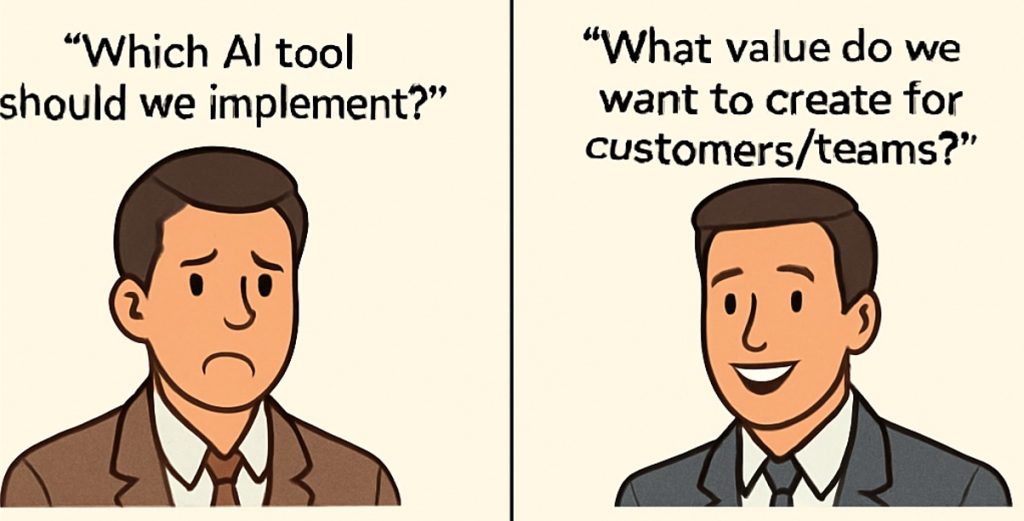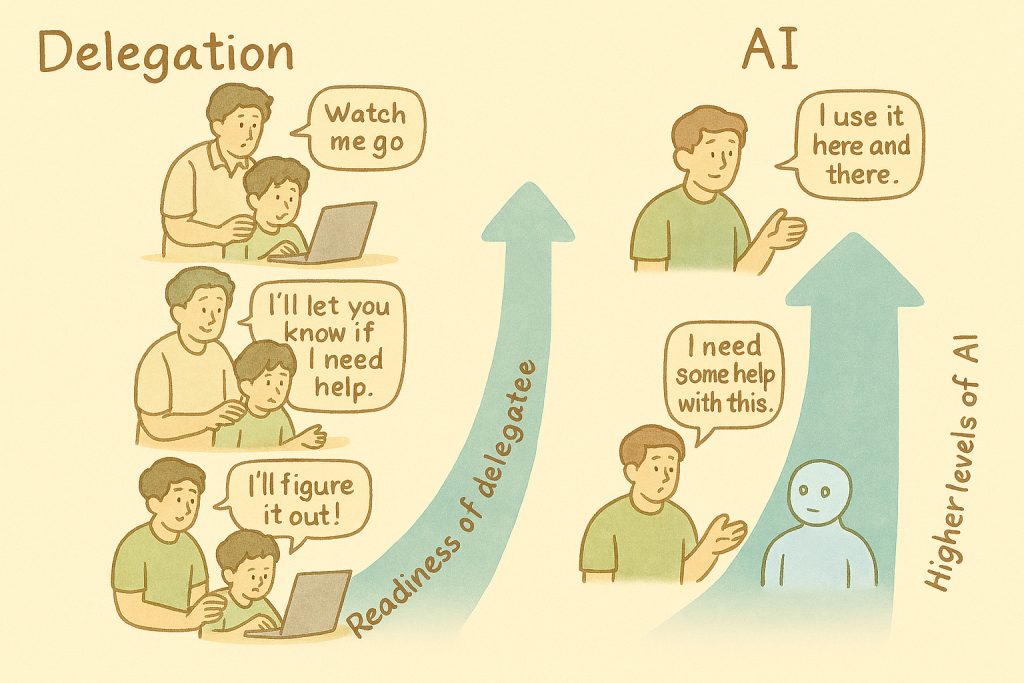Allrounders is a team of 9 persons supporting some of the important applications in the organization. They were using Kanban so far and are doing well as a team. Anil, their Scrum Master is efficient and is helping the team focus on improving cycle time etc. Last month one of the applications they were supporting was phased out and the team was asked to work on couple of important initiatives that the organization is focusing on for the current year. Team members are not very experienced in handling development work and are looking forward to Anil for help. Anil himself has not handled a team doing this kind of work and is discussing with the team how to proceed etc. Can you help Anil with some possible approaches?
Suggested Solution
Anil will have to first find out what how much of teams’ capacity is available after the phasing out of one of the applications. Based on that he can plan how much work can be taken for the new initiatives. Possible steps which Anil can take are:
1. Observe the cycle time and throughput and determine roughly how much capacity team has to work on initiatives.
2. Understand the stories defined for the new initiatives and plan the release.
3. If the support work has significantly reduced, team can probably adopt the Scrum model and accommodate support work by allocating certain percentage of team’s capacity.
4. If the support work has not reduced much, continue with Kanban and try to slice the stories defined for the initiatives into smaller chunks and aim to deliver few stories in each iteration.
5. Observe the variations and challenges for couple of iterations and adjust as needed.




